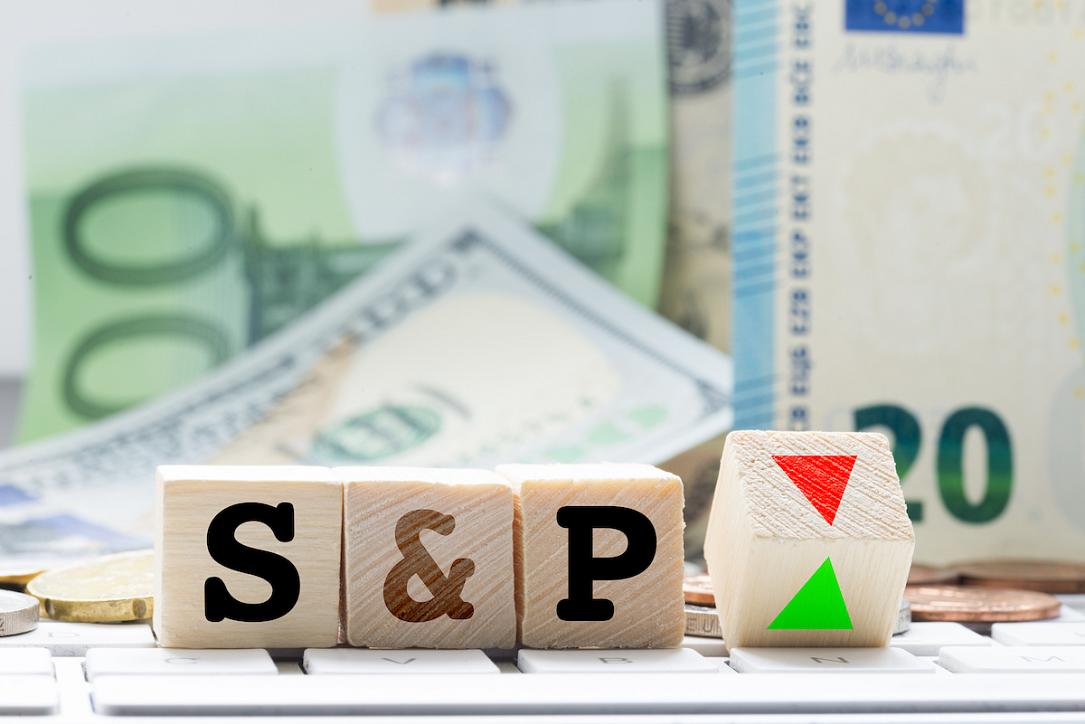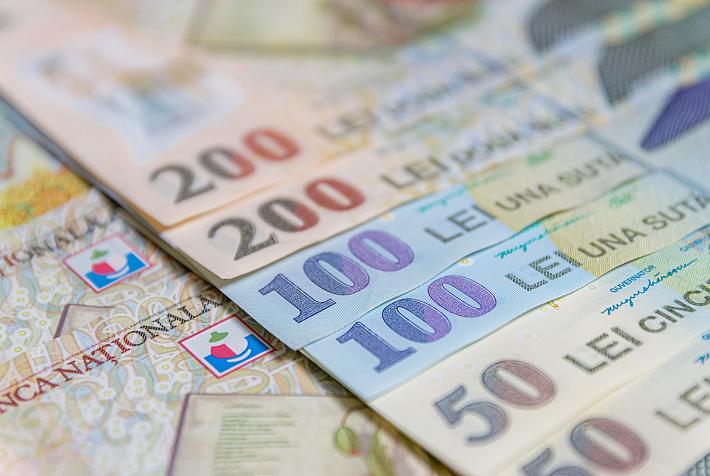S&P affirms Romania's rating on prospect of sizable EU funds deployment

S&P on October 15 affirmed its BBB- foreign and A-3 local currency sovereign credit ratings on Romania. The outlook remains stable "despite the heightened political uncertainty following the government's recent dismissal."
The agency admits the total lack of visibility regarding the future Government, but it grounds its optimistic forecast on "Government's investment agenda." It anticipates that the policy anchors of the Recovery and Resilience Facility (RRF) and the ongoing Excessive Deficit Procedure (EDP) will require reforms (no matter the identity of the Government) and expect these instruments to invoke fiscal stringency in a complex and unpredictable political setting.
Like Moody's that improved Romania's outlook from negative to stable in the same day, S&P expects that the policy anchors in the recently approved RRF plan and the ongoing EDP will invoke sufficient fiscal discipline to overcome partisan wrangling and produce budgetary consolidation over the coming two years. It anticipates progress on reforms to be most likely over 2022-2023 before the political situation returns to election mode in the run-up to the 2024 super election year.
S&P's scenario is slightly more optimistic in terms of fiscal consolidation, compared to Moody's, and it assumes quick steps taken as soon as this year. But even so, the public deficit is seen at 3.5% of GDP in 2024 (ESA terms, meaning accrual basis - compared 4.5% projected by Moody's). The forecast for 2024 is still slightly above the 3%-of-GDP target envisaged by the Government.
The rating agency forecasts the fiscal deficit will stand at 7% of GDP in 2021 (ESA), which is over 1pp less than Moody's projection that in its term is in line with the Government's target.
Subsequently, S&P projects a milder trajectory of the public debt to GDP ratio, seen as remaining below 50% in net terms by the end of the forecast period (48.1% in 2024, after peaking at 48.6% in 2023) and not much above 50% in gross terms (52.4% in 2023 and 51.6% in 2024).
The two elements monitored by S&P for improving or, on the opposite, depressing Romania's rating are the budget and the current account.
The persisting political gridlock, endangering the consolidation of its fiscal finances, is one of the two scenarios leading to downgrading. The other is linked to Romania's financing of the twin deficits that may slip toward debt-creating foreign flows, signalling an inability to absorb EU funding sources and restore foreign direct investment (FDI) flows.
On the upside, reforms may foster a more solid fiscal framework revitalizing foreign investor interest in the country's real economy, making the sovereign less sensitive to external developments leading to upgrading.
iulian@romania-insider.com
(Photo source: Adrian825/Dreamstime.com)













